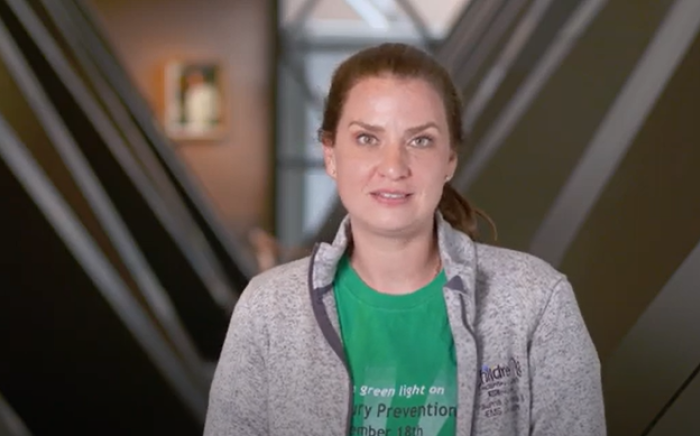Overview
Treacher Collins Syndrome is a genetic disorder that affects the eyelids, cheek bones, ears, and jaws. Intelligence is normal.
Cause
Treacher Collins syndrome occurs in about one of 10,000 live births. It is a genetic mutation (gene is called TCOF1) that affects the baby's facial development before birth. If one parent has Treacher Collins syndrome, there is a 50 percent chance that his child will be born with the disorder. It is possible for individuals who have Treacher Collins syndrome to elect to not pass on this trait. Using in-vitro fertilization and selecting embryos for implantation that do not have the mutation. Unaffected parents who have one child with Treacher Collins syndrome rarely give birth to a second child with the condition.
Presentation
There is a wide spectrum of features, meaning some children are mildly affected and other more severely affected.
Eyes: Downward slant of the corners of the eyes, a notch (coloboma) in the lower eyelids, tear drainage system can be affected.
Ears: External ears are often small, malformed, and low set in position (microtia).
Face: Nose tends to be broad and the zygomas (cheek bones) are underdeveloped
Jaw: Underdeveloped lower jaw so that it is set back, and the tongue falls backward, narrowing the airway. These patients have a high arched palate and 30% have a cleft palate.
Hearing: Children often have conductive hearing loss. For normal language development, periodic evaluations by an audiologist, otolaryngologist, and speech pathologist are very important. A conductive hearing aid may be needed to enhance audiologic stimulation.
Treatment
From birth the airway must be secured. Usually proper positioning and feeding is sufficient, but severely affected infants require semi-emergent tracheostomy.
Depending on the severity of the disorder, your child may require some or all of the following surgeries:
- Cleft palate repair
- Ear construction
- Feeding tube placement to aid in feeding
- Mandibular distraction to improve breathing
- Cheekbone reconstruction
- Eyelid operation












